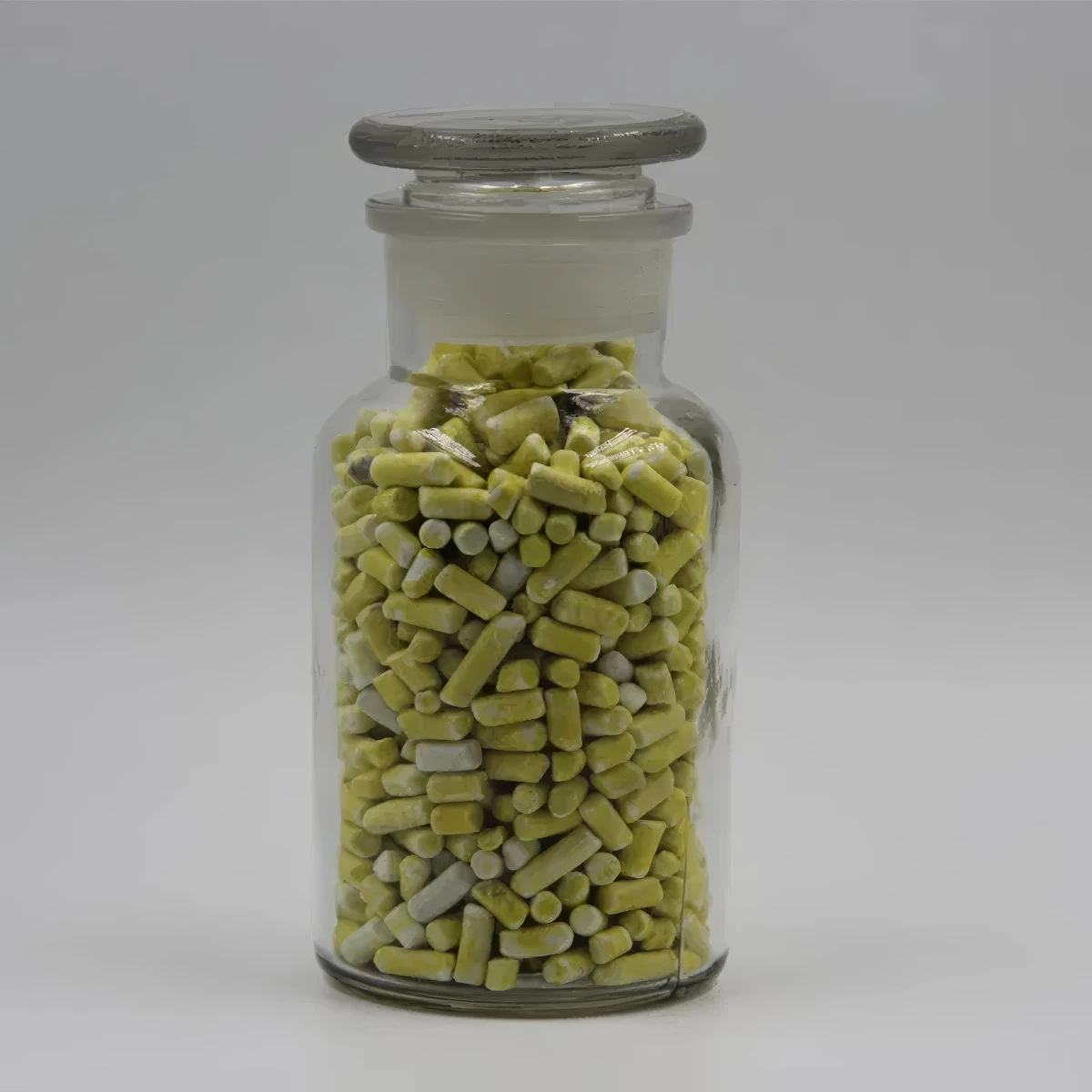



sodium chlorite naclo2
Sodium Chlorite Understanding NaClO2 and Its Applications
Sodium chlorite (NaClO2) is an inorganic compound primarily used for its bleaching and disinfection properties. This pale yellowish-white solid, typically found in the form of powder or granules, has gained significant attention in various industries, including water treatment, food processing, and even in the medical field. As its use continues to expand, it is vital to understand what sodium chlorite is, how it works, and its applications.
Chemical Structure and Properties
Sodium chlorite is composed of sodium (Na), chlorine (Cl), and oxygen (O) atoms. The chemical formula NaClO2 signifies its composition, where one sodium ion pairs with a chlorite ion (ClO2^-). This structure makes sodium chlorite a powerful oxidizing agent. It possesses unique properties that allow it to act effectively against a wide range of microorganisms, including bacteria, viruses, and fungi. However, it is essential to handle sodium chlorite with care, as it can be hazardous in concentrated forms.
Production and Uses
Sodium chlorite is typically produced by reacting chlorine dioxide with sodium hydroxide. This reaction generates a stable and easy-to-handle product that can be stored and transported with relative safety. One of the primary applications of sodium chlorite is in water treatment processes. It serves as a disinfectant, effectively eliminating pathogens from drinking water and wastewater. By incorporating sodium chlorite into the water purification process, municipalities and industries can ensure safer water for consumption and use.
In addition to water treatment, sodium chlorite is widely used in the food industry. It is used as a sanitizer for food processing equipment and surfaces, aiding in the reduction of microbial contamination. Its efficacy in eliminating pathogens helps improve food safety and extends shelf life, making it an indispensable tool in maintaining hygiene standards in food production.
sodium chlorite naclo2

Moreover, sodium chlorite finds applications in the paper and pulp industry. It is used as a bleaching agent to whiten paper products without causing significant damage to the cellulose fibers. This eco-friendly alternative to traditional chlorine-based bleaching agents aligns with the growing demand for sustainable industrial practices.
Sodium Chlorite in Healthcare
In recent years, sodium chlorite has also garnered attention in the healthcare sector. Some studies have explored its potential applications in treating various infections due to its antimicrobial properties. However, it is crucial to exercise caution. Sodium chlorite is not approved as a therapeutic agent by regulatory bodies such as the U.S. Food and Drug Administration (FDA) for medicinal purposes. Misuse or improper administration can lead to harmful health effects. Therefore, while research continues, sodium chlorite should only be used in medical scenarios under strict guidelines and professional supervision.
Safety and Handling
While sodium chlorite has valuable applications, safety is a primary concern. In its concentrated form, sodium chlorite can be a hazardous material. It can cause irritation to the skin, eyes, and respiratory system upon exposure. Additionally, it is important to note that sodium chlorite should never be mixed with acids, as this can generate dangerous reactions and release chlorine dioxide gas, which is toxic. Proper handling procedures, use of personal protective equipment (PPE), and adherence to safety guidelines are critical when working with sodium chlorite.
Conclusion
Sodium chlorite (NaClO2) is a versatile compound with a range of applications spanning from water treatment to food safety and industrial processes. Its effectiveness as a disinfectant and bleaching agent makes it a valuable resource in various sectors. However, while its potential is significant, it is essential to approach its use with caution, particularly in healthcare applications, where improper use can lead to adverse effects. As industries continue to explore innovative applications of sodium chlorite, ongoing research and regulatory oversight will be vital to ensuring its safe and effective use in diverse settings. Understanding sodium chlorite's properties and applications equips us with the knowledge needed to harness its benefits while ensuring safety and compliance.
-
Why Sodium Persulfate Is Everywhere NowNewsJul.07,2025
-
Why Polyacrylamide Is in High DemandNewsJul.07,2025
-
Understanding Paint Chemicals and Their ApplicationsNewsJul.07,2025
-
Smart Use Of Mining ChemicalsNewsJul.07,2025
-
Practical Uses of Potassium MonopersulfateNewsJul.07,2025
-
Agrochemicals In Real FarmingNewsJul.07,2025
-
Sodium Chlorite Hot UsesNewsJul.01,2025










